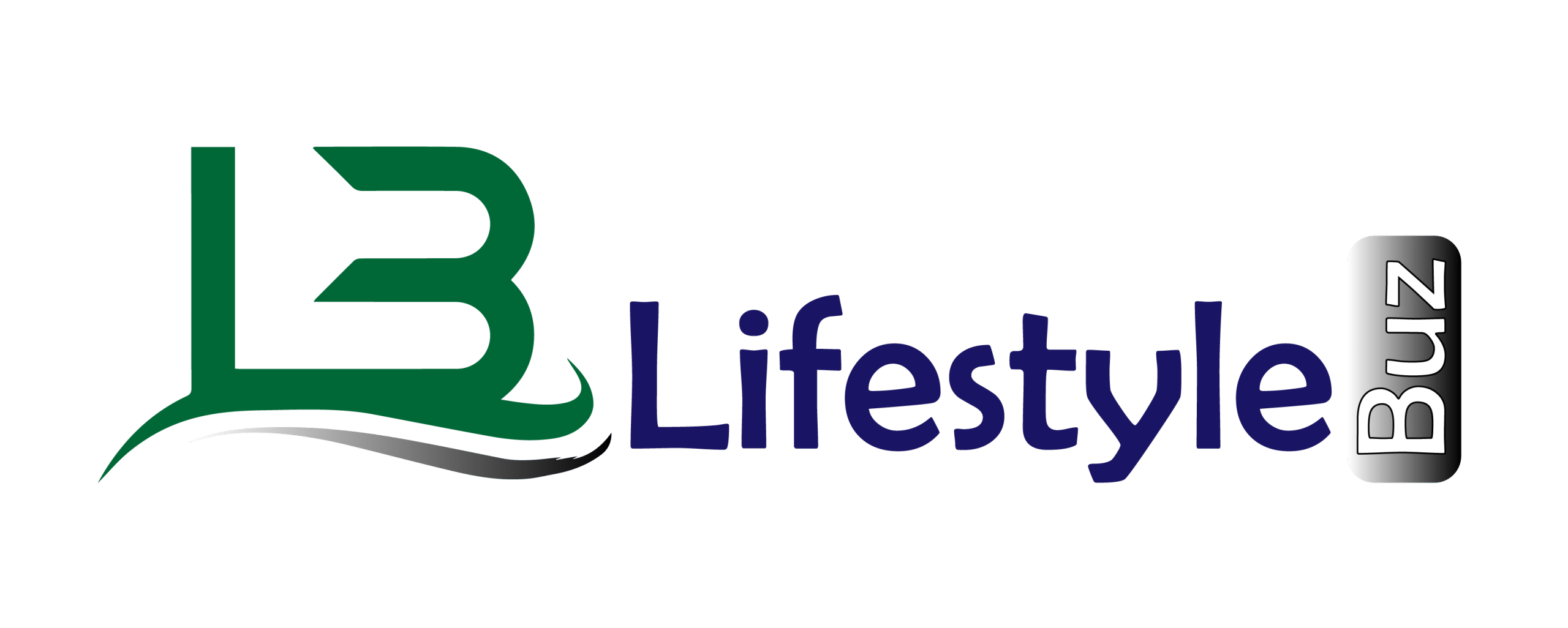What Every Businessman Needs to Know About Human Resource Management

Human Resource Management
Human Resource Management (HRM) is a term for describing a formal system designed to organize personnel managed within an organization. The responsibilities of the human resource manager are divided into three fields: personnel configuration, employee compensation and welfare, and definition / design work. Basically, the purpose of HRM is to maximize the productivity of the tissue by optimizing the effectiveness of its employees. Although the speed of the business world is increasing, this authorization is unlikely to change in any basic manner.
Until fairly, it is still an organization’s human resource department regularly entrusted the bidding of the company, although its mission is to supplement and nourish the often cited things – legally – as an organization’s largest resource, this is labor. However, in recent years, human resource management has grown sharply to the company’s overall health. This importance to recognize the importance of the Human Resources Authority extends to small businesses, although they usually have the same human resources requirements, but they also face personnel management of business health.
PRINCIPLES OF HUMAN RESOURCE MANAGEMENT
Business consultants pay attention; modern human resource management is guided by several coverage principles. Perhaps the most important principle is a simple recognition, that is, human resources is the most important asset of organizational; if they do not have this resource, companies cannot succeed.
Other HRM factors, shape is corporate culture – whether it is to encourage the integration and cooperation of the entire company, institutional performance measurement, or other actions – also known as a key component of business success. HRM summarizes Armstrong, “is a strategic method for human resources procurement, motivation, development and management of the Organization. It is committed to shaping appropriate corporate culture and introduces programs reflecting and supporting corporate core value and ensuring their success.”
POSITION AND STRUCTURE OF HUMAN RESOURCE MANAGEMENT
The responsibility of the Human Resources Department can be divided into three aspects: individual, organization and occupation. Personal management needs to help employees determine their advantages and disadvantages; correct their shortcomings; and provide the company with the best contribution. These responsibilities are conducted through various activities, such as performance evaluation, training and testing. At the same time, the organization development focuses on promoting a successful system to maximize people (and other) resources as part of a larger business strategy. This important responsibility also includes creation and maintenance of change plans, which enables organizations to respond to continuously developed external and internal impacts. Finally, there is a responsibility to manage your career development. This requires matching with the most suitable work and occupational roads within the organization.
The human resource management function is ideally positioned near the organization’s theoretical center, and all areas of the business can be accessed. Because the human resource management department or manager is accused of managing productivity and development of workers at all levels, human resources should access – and key decision makers support. In addition, the human resource management department should be able to communicate effectively with the company’s all areas in this way.
HUMAN RESOURCE MANAGEMENT-KEY RESPONSIBILITIES
Human resource management involves the development of individuals and their organizations. Then, the Human Resources Authority is not only ensuring that individual workers are developed, but also in the implementation of the communication and cooperation between these individual workers to cultivate tissue development.
The main responsibilities related to human resource management include: work efficiency, responsibilities, measurement and evaluation of labor performance, measurement, and employee reward system, professional development of workers and maintenance of labor.
SMALL BUSINESS AND HUMAN RESOURCE MANAGEMENT
Small enterprises ‘human resource management demand is different from large companies’ scale or complexity. Despite this, even two groups or three employees are also facing important personnel management issues. In fact, in terms of employee recruitment and management, the bet is very high in small businesses. There is no business hopes to hire lazy or incompetent or unhearten employees. However, a small business of a employee of an employee will be hurt, rather than an employee, an employee, this is a company with hundreds or thousands of people.
Before hiring new employees, the small business owner should trade several considerations. The first step of the small business owner should consider when thinking about the expansion of the employee pay, is honestly assess the status of the organization itself.
Small enterprises also need to match the talents of employees with the company’s needs. If a small business owner is committed to defining a job and actively participating in the recruitment process, you can implement this effort in more efficient way. However, the human resource management task has not ended the creation of a detailed position description and selects the appropriate employee. In fact, the recruitment process marks the beginning of the HRM of the small business owner.
For more articles please visit www.lifestylebuz.com






